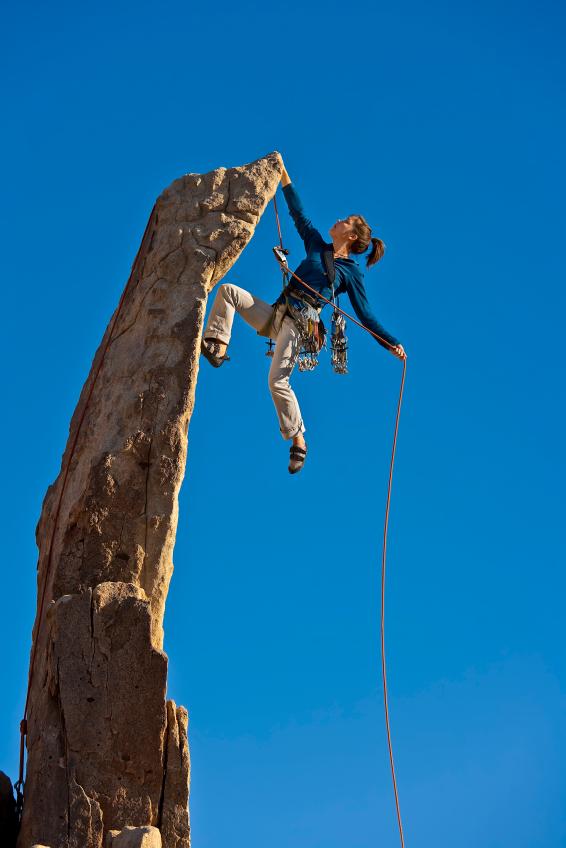| Complexity level: | 5 |
| Time required: | Additional time is needed to identify and recruit participants. |
| Safety concerns: |
Overview
What is the correlation between competitiveness and persistence? Our society often attributes competitiveness to success. We may attribute the achievements of successful businesspeople or athletes to their competitiveness. It would seem to be logical that part of the reason for success comes from the persistence to not give up, which may in turn drive competitiveness. But to assume persistence and competitiveness are mutually inclusive and that only competitive people are persistent could be a mistake. Is it possible that a person can be persistent without being competitive? This science project will provide you with insight to this question.
Scientific Terms
Materials
- Minimum of 15 participants to form three groups:
- Participants who identify themselves as competitive
- Participants who identify themselves as noncompetitive
- Control group
- Basketball hoop
- Basketball
- Blindfold
- Data sheet (provided)
Procedure
Pre-experiment
- Interview potential participants by asking them if they consider themselves as being competitive. You need to identify five people who identify themselves as being competitive and five people who identify themselves as being noncompetitive.
- Find 5 more people who would be interested in participating in the experiment; however, do not ask them the questions from step 1.
- Divide the participants into three groups of equal size groups:
- Group A will consist of participants that identify themselves as being competitive.
- Group B: will consist of participants that do not identify themselves as being competitive.
- Group C will be the control group. These participants were not asked any questions regarding their personality.
Conducting the experiment
- Start with group A.
- Each participant will attempt to make a basket (throw the basketball through the hoop) blindfolded.
- Your job is to provide the participant with feedback during their attempts so that they can make the needed adjustments.
- Allow each participant as many attempts as they want.
- Record the number of attempts for each participant in the data table.
- Total the number of attempts and divide by five to get the average of the group.
- Record the average on the data table.
- Repeat this process with groups B and C.
|
Group A |
Attempts |
Group B |
Attempts |
Group C |
Attempts |
|
|
Participant 1 |
||||||
|
Participant 2 |
||||||
|
Participant 3 |
||||||
|
Participant 4 |
||||||
|
Participant 5 |
||||||
|
Average |

